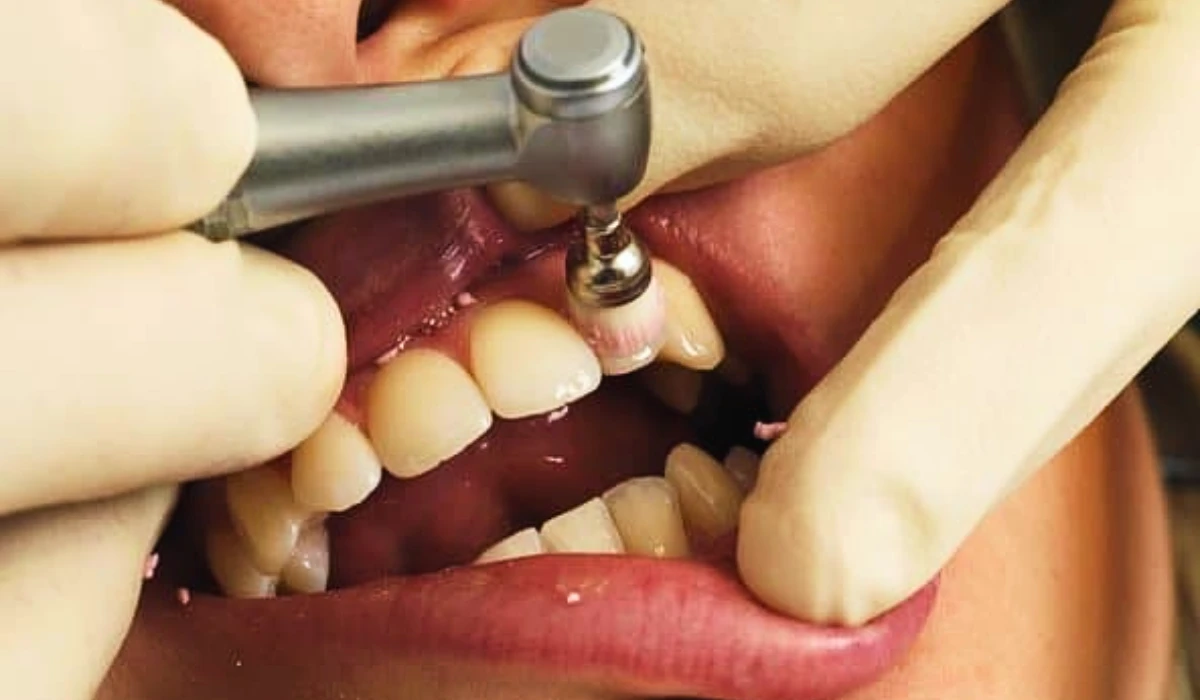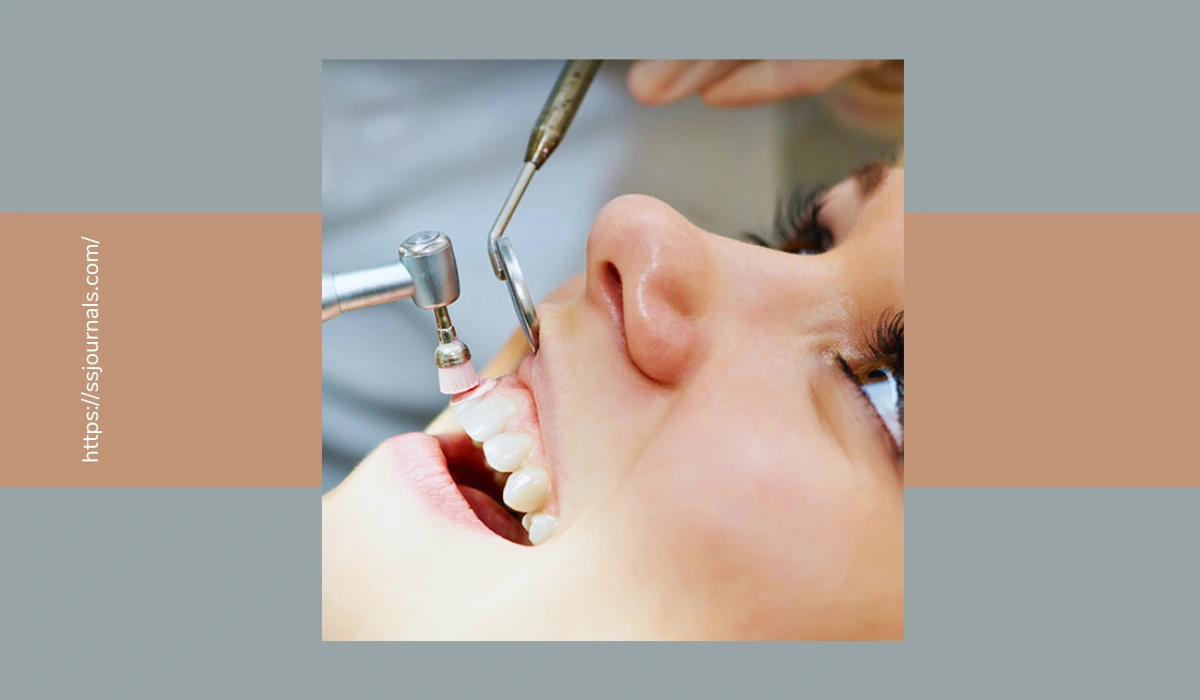Yes, prophylaxis dental can improve teeth whitening by removing surface stains and revealing their natural color. However, for more significant whitening, additional treatments may be needed.
Understanding Prophylaxis | Impact of Prophylaxis | Benefits | Other Dental Treatments
Have you ever wondered if prophylaxis dental treatments can help whiten your teeth? Many people are curious about the benefits of this common dental procedure and whether it can contribute to a brighter, more radiant smile.
In this article, we’ll explore the ins and outs of prophylaxis dental and its potential impact on tooth whitening. We’ll also discuss other aspects of oral prophylaxis and how it relates to overall dental health.
Understanding Prophylaxis Dental
Before we can answer the question of whether prophylaxis dental whitens teeth, it’s essential to understand what this treatment entails. Its Is also known as dental prophylaxis or dental cleaning, is a routine dental treatment performed by a dental hygienist or dentist.

The primary goal of this procedure is to remove plaque, tartar, and stains from the teeth, promoting optimal oral health.
During a prophylaxis dental appointment, the dental professional will use specialized tools to thoroughly clean your teeth. This typically involves the use of an ultrasonic scaler, which emits high-frequency vibrations to loosen and remove tough deposits on the tooth surface.
The hygienist will then use hand instruments, such as curettes, to meticulously remove any remaining plaque and tartar, paying close attention to hard-to-reach areas like the gum line and between the teeth.
In addition to the cleaning process, prophylaxis dental often includes a polishing step. The hygienist will apply a gritty paste to the teeth and use a rotating brush or rubber cup to buff the tooth surface. This polishing action helps to remove superficial stains and leaves the teeth feeling smooth and shiny.
The Impact of Prophylaxis Dental on Tooth Whitening
Now, let’s address the central question: does prophylaxis dental actually whiten teeth? The short answer is yes, to some extent. While prophylaxis dental is not primarily designed as a tooth whitening treatment, it can certainly contribute to a brighter and more aesthetically pleasing smile.
During the cleaning process, the removal of plaque, tartar, and surface stains can reveal the natural color of your teeth. Over time, the accumulation of these deposits can cause the teeth to appear yellowed or discolored.
By eliminating this buildup, prophylaxis dental can help restore the teeth to their original shade, resulting in a noticeable improvement in brightness.
However, it’s important to note that prophylaxis dental alone may not achieve the dramatic whitening results that some people desire. If your teeth are deeply stained or discolored due to factors like smoking, consuming dark-colored foods and beverages, or natural aging, you may require additional whitening treatments to achieve your desired level of brightness.
Benefits of Oral Prophylaxis
While the whitening effects of prophylaxis dental are certainly a bonus, it’s crucial to pay attention to the numerous other benefits of this essential dental treatment. Regular oral prophylaxis plays a vital role in maintaining optimal oral health and preventing a wide range of dental problems.
One of the primary benefits of prophylaxis dental is the prevention of tooth decay and cavities. By removing plaque and tartar, which harbor harmful bacteria, this treatment helps to minimize the risk of dental caries.
Additionally, prophylaxis dental can help prevent gum disease, a common condition that occurs when plaque and tartar accumulate along the gum line, leading to inflammation and infection.
During a prophylaxis dental appointment, the dental professional will also have the opportunity to closely examine your teeth and gums. This allows them to identify any potential issues early on, such as small cavities or early signs of gum disease. Early detection and intervention can often prevent these problems from progressing into more serious and costly dental conditions.
Moreover, oral prophylaxis can contribute to better overall health. Studies indicate a significant correlation between oral health and overall systemic health. Poor oral hygiene and untreated dental problems have been associated with an increased risk of various health issues, including heart disease, diabetes, and respiratory infections.
By maintaining regular dental appointments, you’re not only investing in a healthier smile but also supporting your overall well-being.
Other Dental Treatments
While prophylaxis dental is an essential part of maintaining oral health, there are various other dental treatments available to address specific concerns. For example, if you’re looking to achieve a more dramatic whitening effect, you may consider professional in-office whitening or take-home whitening kits provided by your dentist.
These treatments use higher concentrations of whitening agents to penetrate deep into the tooth enamel, resulting in a more significant improvement in tooth color. Additionally, if you have dental issues such as cavities, chipped or broken teeth, or missing teeth, your dentist may recommend treatments like fillings, crowns, bridges, or dental implants.
These restorative procedures aim to repair damaged teeth, improve function, and enhance the overall appearance of your smile. Remember, regular prophylaxis dental appointments, combined with a comprehensive approach to dental care, can help you maintain a healthy, beautiful smile for years to come.
Conclusion
In conclusion, while prophylaxis dental may not be a standalone tooth whitening treatment, it can certainly contribute to a brighter and more radiant smile. The removal of plaque, tartar, and surface stains during the cleaning process can reveal the natural color of your teeth, resulting in a noticeable improvement in brightness. However, for more significant whitening results, additional treatments may be necessary.
Beyond its whitening benefits, oral prophylaxis is a crucial component of maintaining optimal oral health. Regular prophylaxis dental appointments can help prevent tooth decay, gum disease, and other dental problems, as well as support overall systemic health.
So, the next time you visit your dentist for a prophylaxis dental treatment, remember that you’re not only investing in a brighter smile but also your long-term oral and overall well-being.
Now, we’d love to hear from you! Have you noticed a difference in the whiteness of your teeth after a dental appointment?

